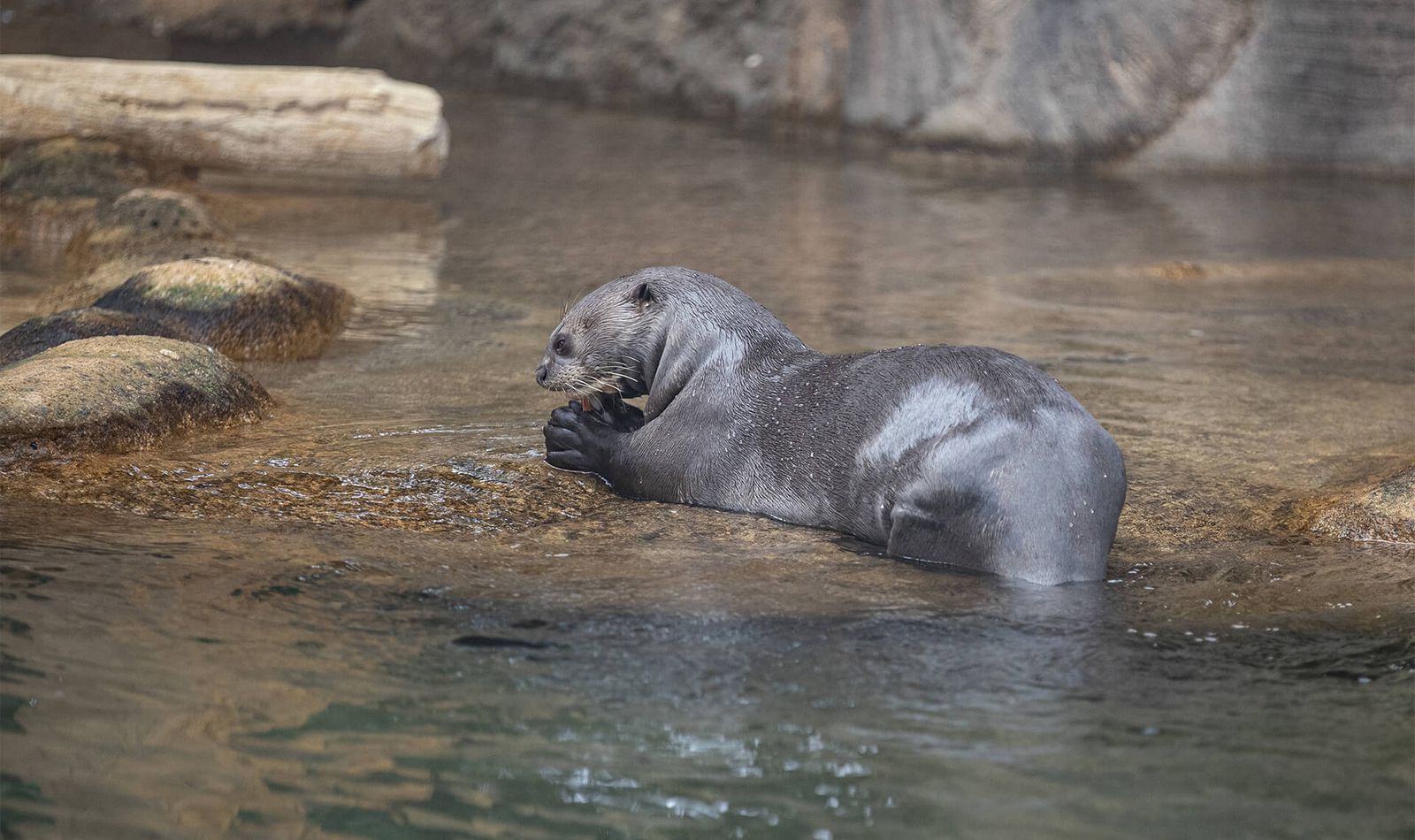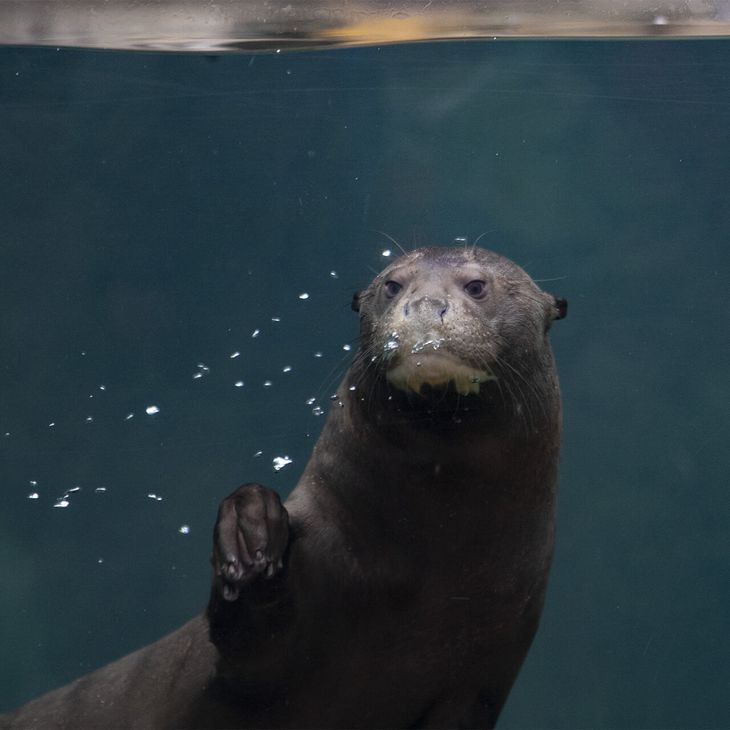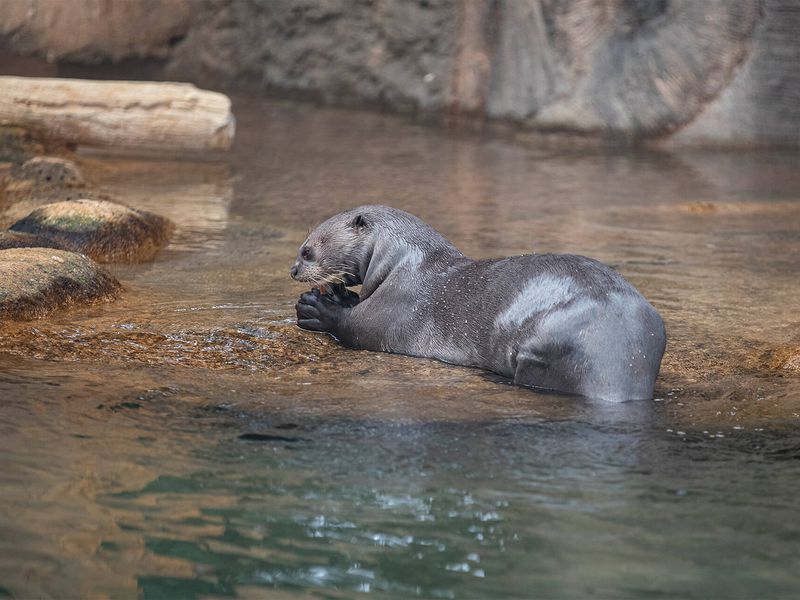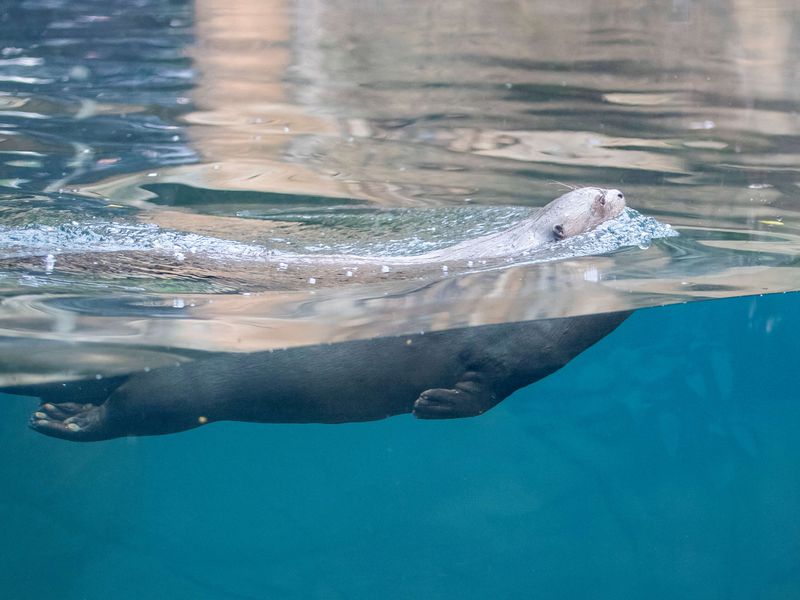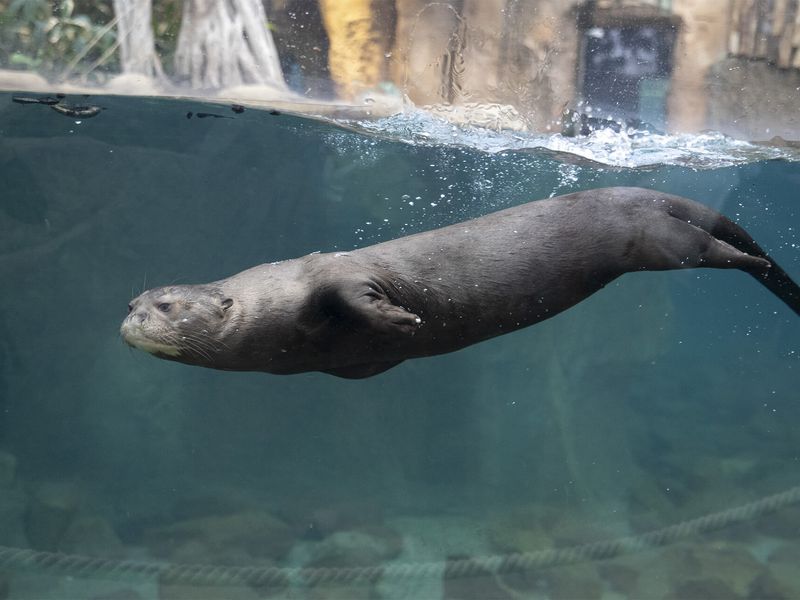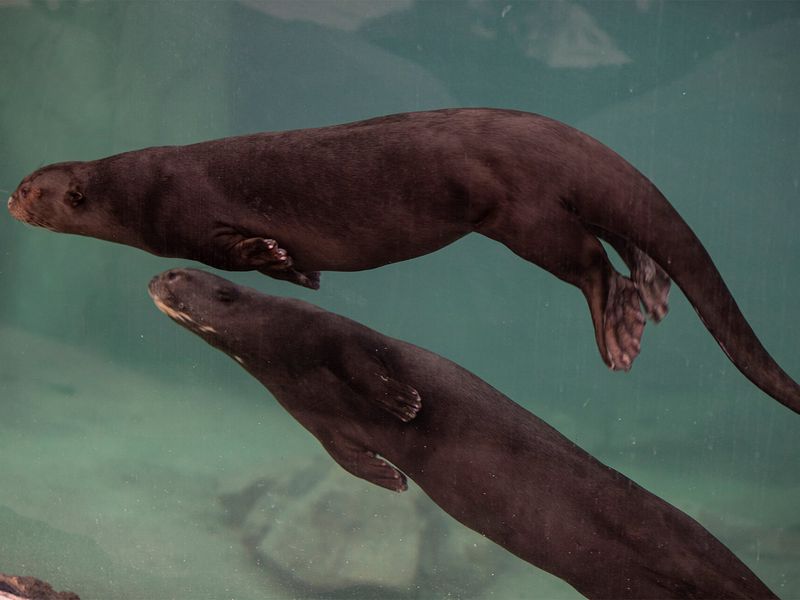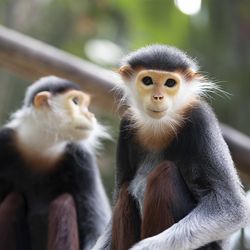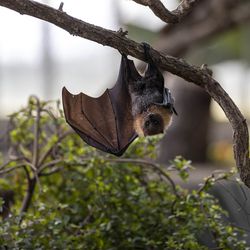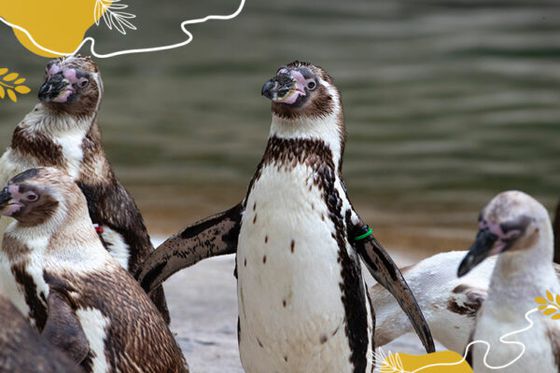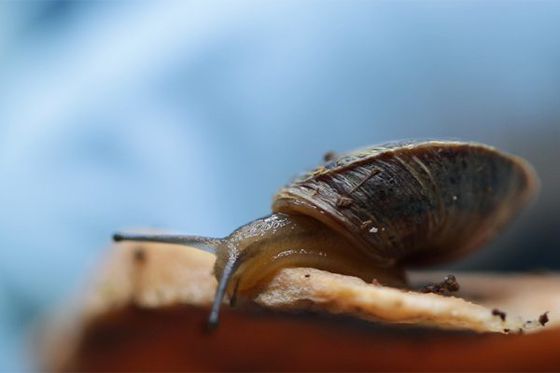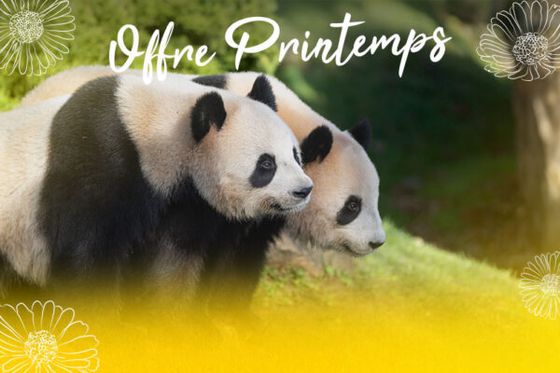« An extremely skilled diurnal hunter »
The king of the hunt
The giant otter is the largest of all the otters and is emblematic of South America.
Measuring 1.80 m long and weighing 30 kg, the giant otter is the largest representative of the mustelids! This carnivorous predator, a genuine freshwater terror, is quite simply made for fishing. Its dense, waterproof fur insulates its skin from the water and the cold. The otter uses its short legs and webbed feet to propel itself under the water, and easily manoeuvres itself with its long, flattened tail. It is an extremely skilled diurnal hunter and will readily use tools when needed to dislodge prey or to open their shells.
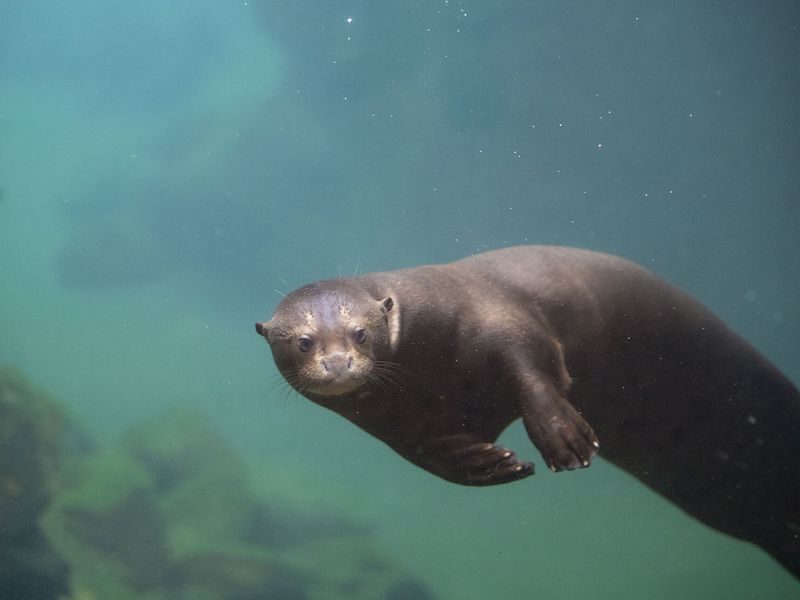
The Beauval Nature association
For the past 10 years, the Beauval Nature association has joined forces with field workers to support them in their primary mission of species conservation. Beauval works closely with numerous conservation and research programmes around the world to study and protect endangered species. This everyday action takes place in order to protect our biodiversity.
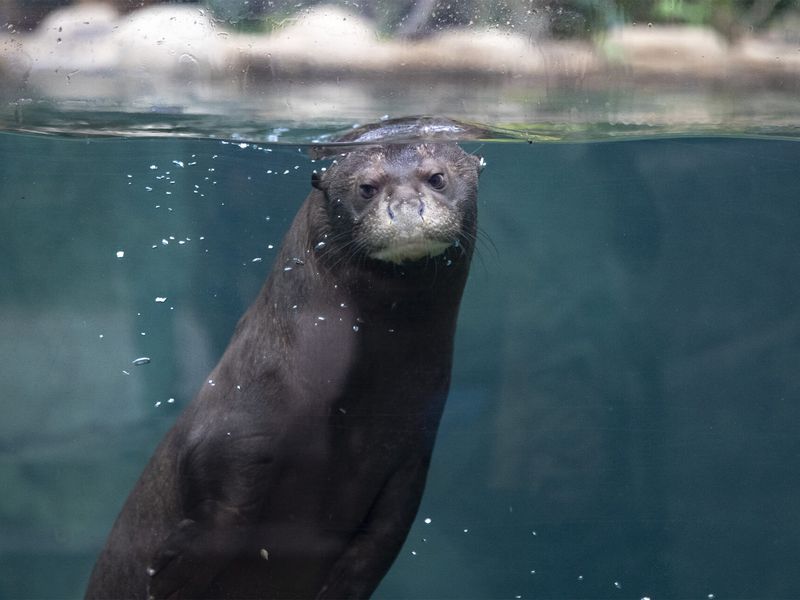
A water quality “bioindicator”
The giant otter is one of the most endangered species in South America.
Formerly hunted for its thick fur, it is today threatened by pollution, fragmentation, and destruction of its habitat.
Its environment is currently being destroyed by illegal gold extraction, which requires the use of mercury, a highly polluting metal. The more degraded the habitat, the less the otter is present. Being sensitive to any disturbances in its environment, it is therefore a good indicator of the quality of its habitat.
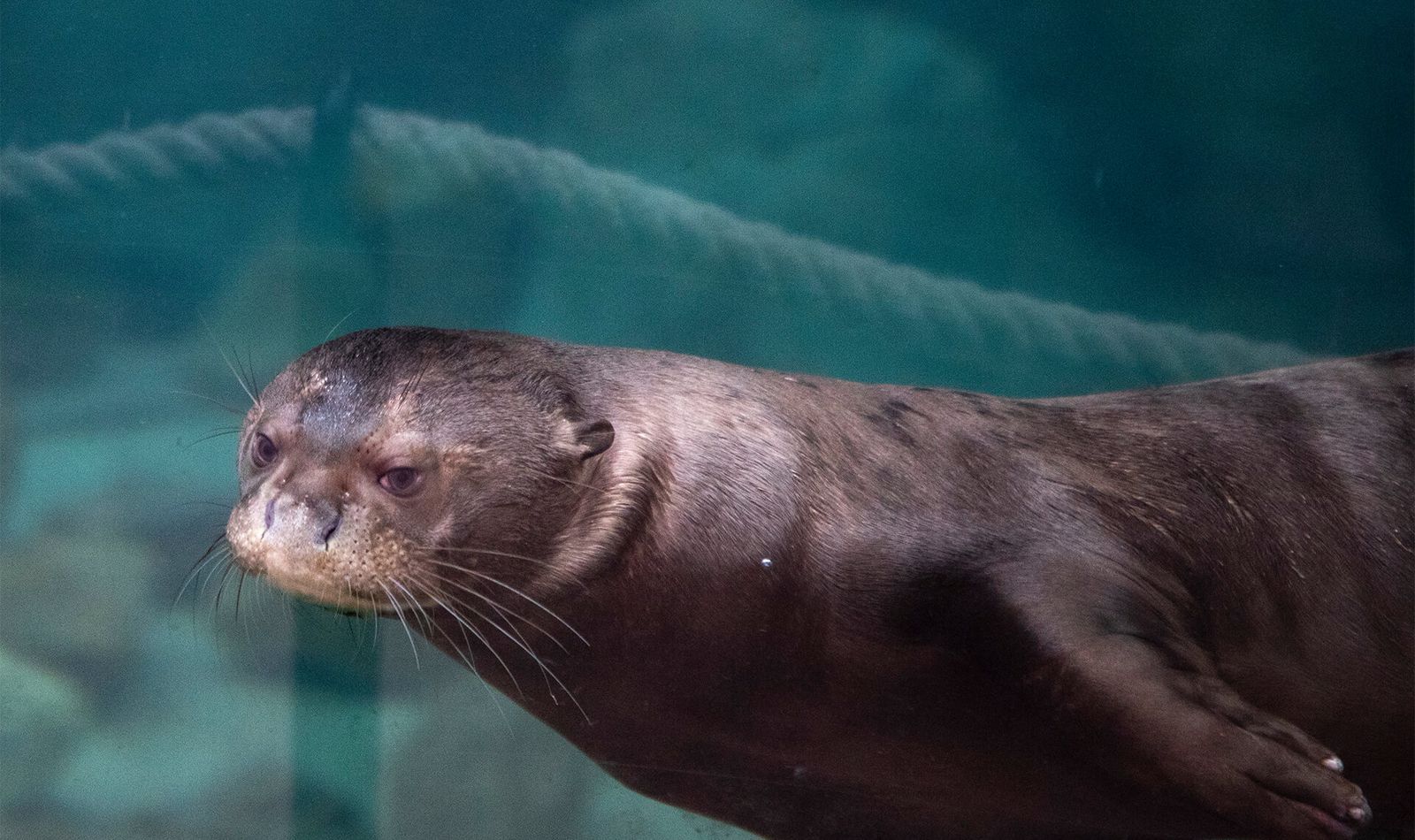

Sponsor our giant otters
Establish a strong bond with your favourite animal whilst supporting conservation programmes through the Beauval Nature association!
Endangered
Learn more about the species
-
CarnivoreDiet
-
2 to 2½ monthsGestation period
-
1 to 6 youngLitter size
-
Freshwaters, Wetlands, Tropical forestsHabitat
A family group
A predator at the top of the food chain
A throat patch that is unique to each individual

Take full advantage of the experience thanks to our mobile application!
Find out more
